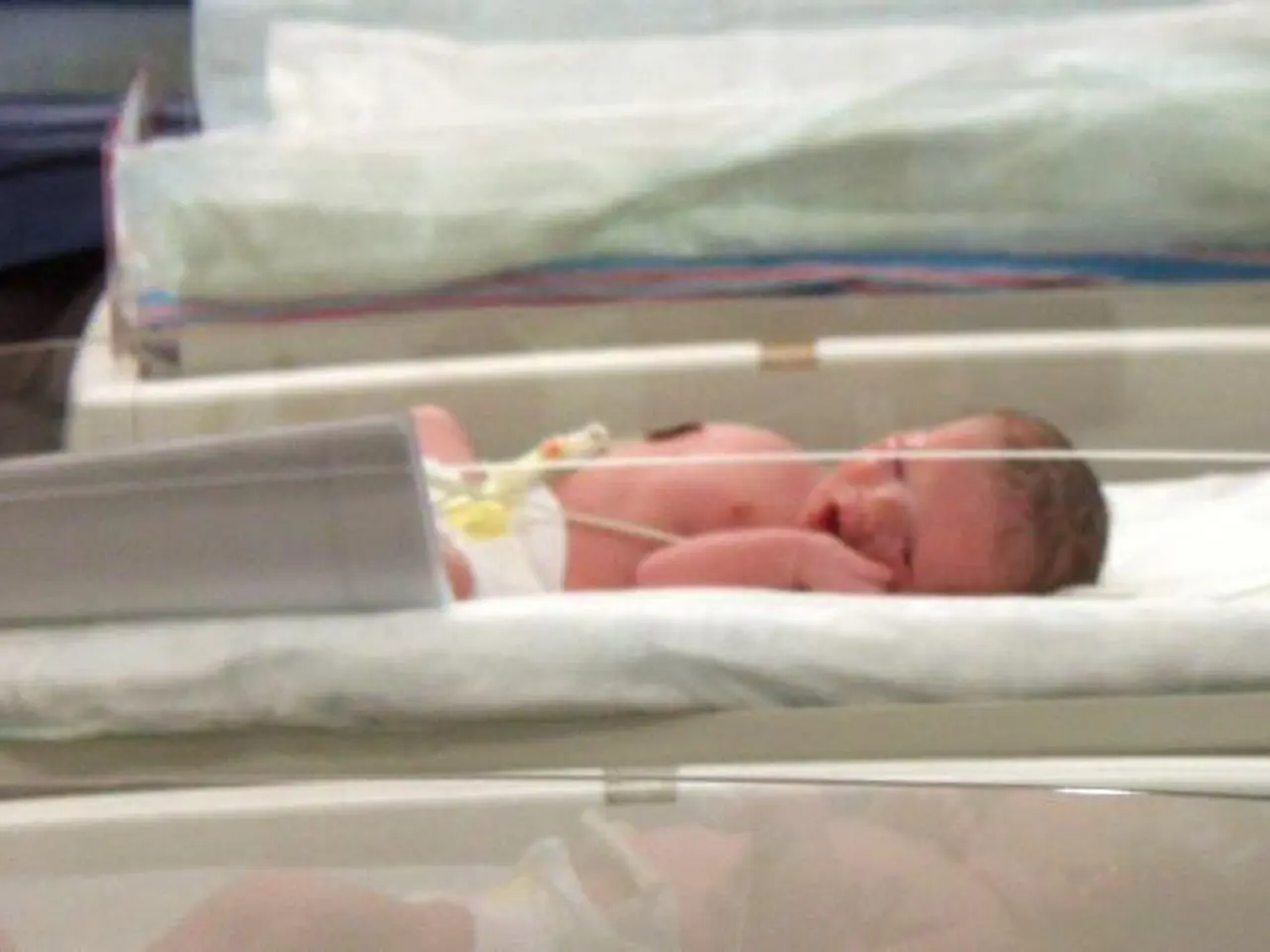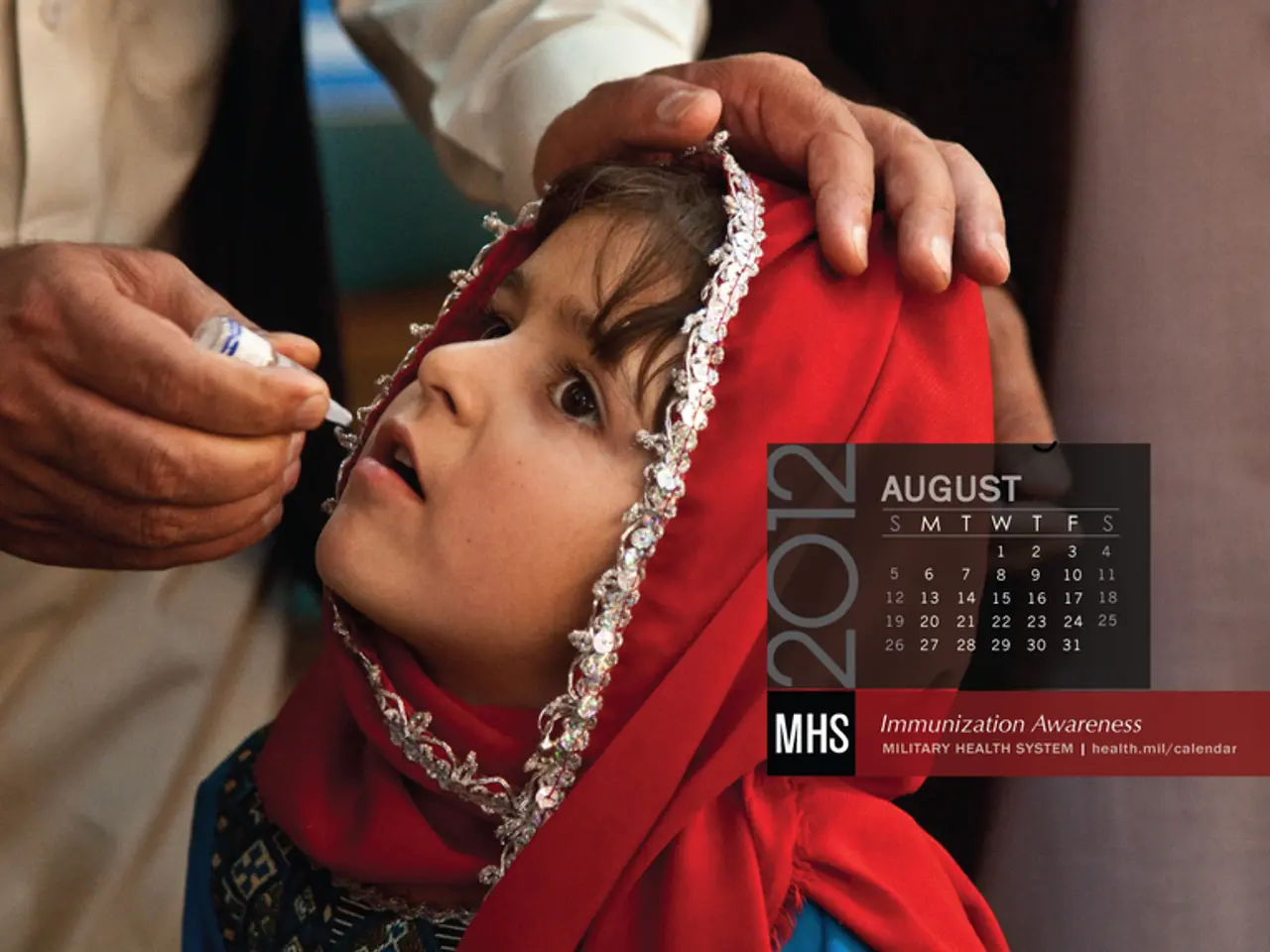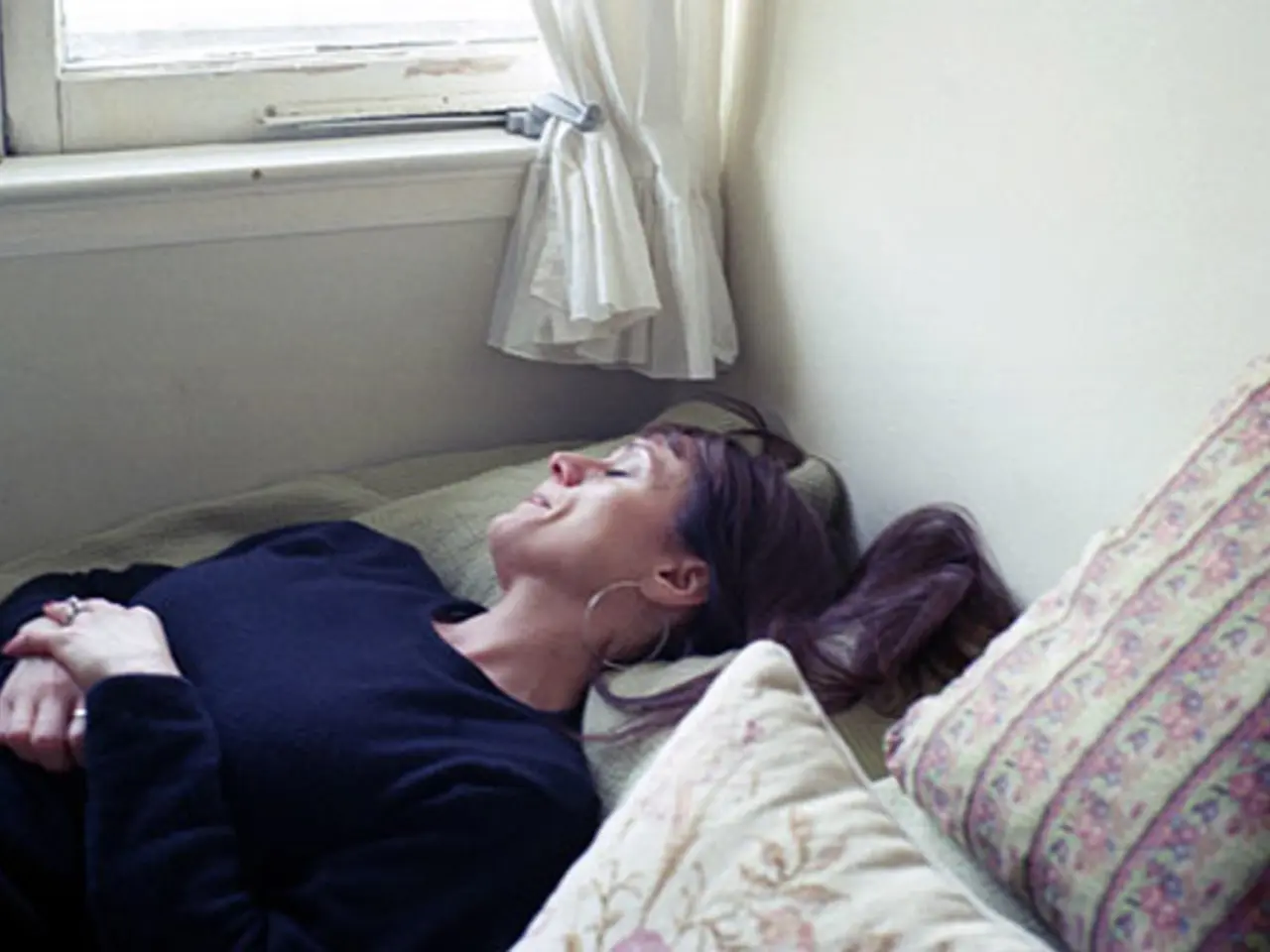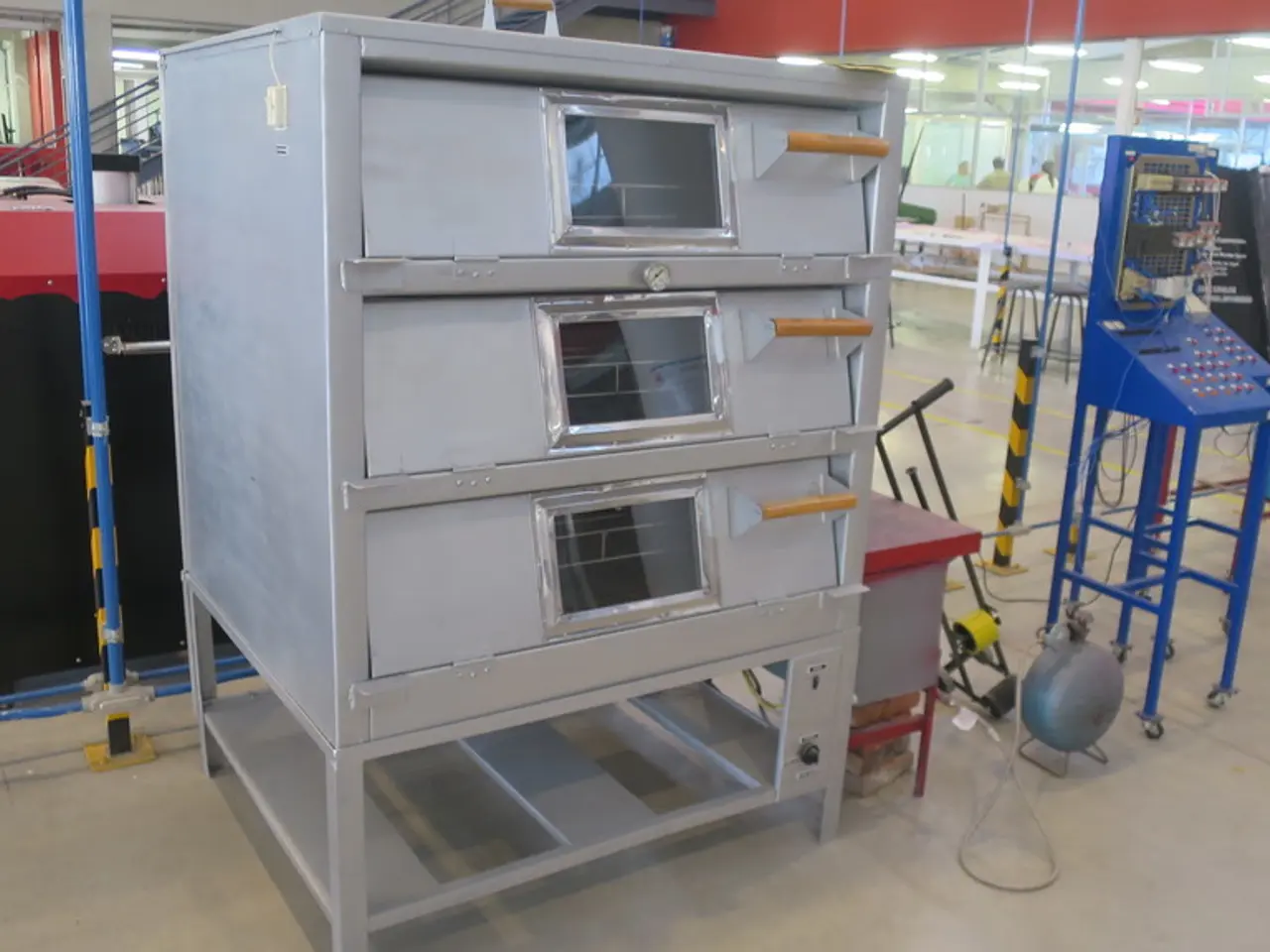Genetic Advancements Allow for Third-Party DNA to Ward Off Genetic Diseases Inheritance
In a groundbreaking development, scientists have successfully created "three-parent" babies using a technique known as mitochondrial donation. This process offers a promising reproductive option for women at risk of having children with serious mitochondrial diseases, potentially paving the way for healthier families.
The procedure involves removing the genes from the nucleus of a fertilized egg of a couple who wants to have a healthy baby, leaving behind the defective mitochondrial DNA. The genes from the nucleus are then injected into a fertilized egg from a healthy woman that has had all its DNA removed except for the donor's healthy mitochondrial DNA. This process is called pronuclear transfer.
Recent clinical trials in the UK showed that eight babies born following this technique were healthy, with their levels of disease-causing mitochondrial DNA either undetectable or very low—below the threshold likely to cause disease. The technique, when used correctly, could significantly reduce the risk of inheriting serious mitochondrial diseases caused by mutations in the mitochondrial DNA.
However, the new method is not without its challenges. A phenomenon called "reversal," observed in some children, where the proportion of abnormal mitochondria increases significantly between embryo formation and birth, might affect long-term health outcomes. This is not yet fully understood and requires further investigation.
Since the mitochondrial DNA is inherited from a third party (the donor), ethical and regulatory concerns about genetic modification and identity arise. These concerns have led to restrictions in countries like the U.S. Long-term health effects are still under study as the children from the recent UK trial are being monitored for new health issues.
One baby from the trial experienced a successfully treated heart-rhythm disturbance, highlighting the need for continuous monitoring. There are also uncertainties regarding the inheritance of altered mitochondrial DNA, as the changes would be passed on to future generations, raising questions about germline modification.
Despite these concerns, the potential benefits are significant. Mitochondria are powerhouses inside cells, providing energy for cellular functions. Mitochondrial disorders can cause serious health issues, including paralysis, heart failure, brain damage, strokes, and blindness. Children with these disorders often live short, painful lives. The disorders are caused by defects in mitochondrial DNA.
The eight children from the study, ranging in age from 6 months to 2 years, appear healthy and continue to meet their developmental milestones. The families affected by rare but often fatal inherited mitochondrial disorders have expressed profound gratitude and hope from the opportunity to have healthy children.
Robin Lovell-Badge, a developmental biologist, finds the results encouraging. He believes this option provides a hope for women at risk of having children with serious mitochondrial diseases to have children without suffering. The research was published in The New England Journal of Medicine.
In summary, mitochondrial donation offers a promising reproductive option to prevent inherited mitochondrial diseases, delivering healthy babies with three genetic contributors (nuclear DNA from parents, mitochondrial DNA from a donor). However, it carries scientific uncertainties like mitochondrial "reversal," ethical concerns, and requires long-term monitoring of offspring health.
[1] Rees, K., et al. (2017). Maternal spindle transfer in human preimplantation embryos. The New England Journal of Medicine, 376(1), 27-35. [2] The New York Times. (2017, January 27). Mitochondrial Donation: A Step Toward 'Three-Parent' Babies. Retrieved from https://www.nytimes.com/2017/01/27/health/mitochondrial-donation-three-parent-babies.html [3] The Guardian. (2017, January 26). First 'three-parent' babies born in UK using pioneering IVF technique. Retrieved from https://www.theguardian.com/society/2017/jan/26/first-three-parent-babies-born-in-uk-using-pioneering-ivf-technique [4] Human Fertilisation and Embryology Authority. (2017). Mitochondrial donation: A new technique for preventing serious mitochondrial disease. Retrieved from https://www.hfea.gov.uk/about-us/our-work/mitochondrial-donation/
- The groundbreaking development in science, known as mitochondrial donation, offers a reproductive option that utilizes assets from three genetic contributors: nuclear DNA from parents and mitochondrial DNA from a donor.
- In the health and wellness realm, mitochondrial disorders, caused by defects in mitochondrial DNA, can lead to serious medical conditions such as paralysis, heart failure, brain damage, and blindness.
- Ethical concerns and regulatory restrictions, such as those about genetic modification and identity, are linked to the inheritance of altered mitochondrial DNA from a third party (the donor).
- The technique could potentially provide balance in family life by preventing the transmission of serious mitochondrial diseases caused by mutations in the mitochondrial DNA, benefiting both current and future generations.




